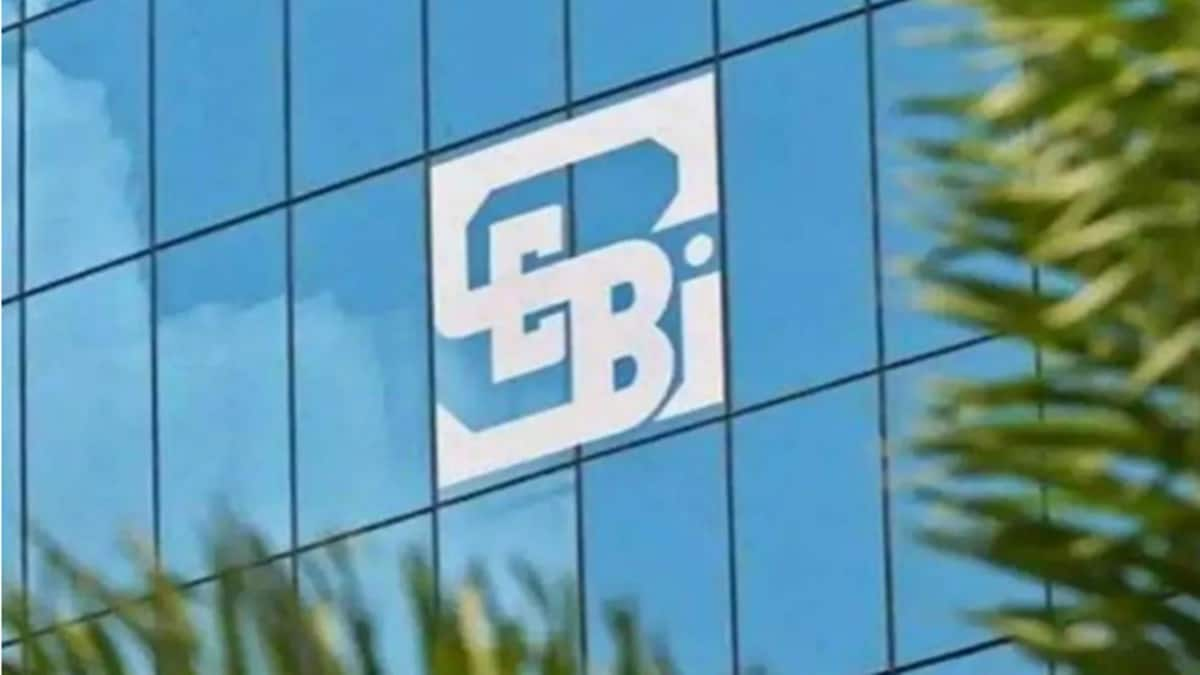Sebi’s new block regime to leave brokers with less cash
The Securities and Exchange Board of India’s move to introduce ASBA for secondary markets may deplete the cash balances of brokers even further.
Today, clients of non-bank based brokers who want to place trades have to transfer the money to their ledger accounts. Any excess cash that remains after the transaction stays with the broker and has to be returned within 90 or 30 days. For bank-based brokers, the requisite amount is drawn from the customer’s account and blocked. At the end of the day, the unutilised amount gets unblocked.
The new ASBA system aims to ensure that the money earmarked for trades bypasses the broker and goes directly to the clearing corporations.
“A substantial portion of customers’ cash lies with the broker, which can be misused. The broker’s net worth may not even cover one tenth of the cash balances. The regulator has already created several checks and balances to ensure the float is not misused and the ASBA mechanism, if implemented, will create another layer of safety for clients,” said a top broker, on condition of anonymity.
Idle balances lying in a trading account earns interest income for a brokerage firm. In India, due to quarterly settlement rules, brokerage firms are required to send back any unused balance back to the client’s bank account within 90 or 30 days. This also hurts brokerage revenues indirectly. Clients having money in their trading accounts have a much higher chance of trading than when in the bank account.
Madhabi Puri Buch, chairperson, Sebi, last week said the market regulator was engaging with various stakeholders to introduce ASBA for investments in the secondary market.
At present, ASBA, or Applications Supported by Blocked Amount, is used for applying to initial public offerings (IPOs) wherein an applicant’s account doesn’t get debited until shares are allotted to them.
“The regulator is trying to facilitate direct movement of securities and money to the issuer or the exchange. If money is passed through many hands there is a structural vulnerability that arises at different stages. The attempt is to eliminate the process of wrongdoing through technology and process reengineering,” Buch had said at the Global Fintech Fest held at Mumbai.
Also read: Gautam Adani slips to third place in world’s rich list, Mukesh Ambani out of top-10 after Monday’s D-St rout
Roadblocks ahead
Switching to a block system for secondary market trades will be complicated and may take another 8-10 months to implement. The regulator may keep it optional for some time or introduce it in phases.
Concerns remain as to how the new system will be implemented for intraday trades, which constitute 80-90% of all cash transactions.
Brokers will need to verify the account of clients and the amount that has been blocked for trades. However, banks may not permit this under existing regulations. Latency issues could crop up.
In tier 2 and tier 3 cities, several customers still use cheques and do not use the online payment system. There could be issues if there are account freezes by the CBI or Enforcement Directorate.
“The intention is good but the practical aspects need to be looked at,” said Kamlesh Shah, president, Association of National Exchanges Members of India, an industry body.
“How do you block the account if a person is continually trading? How do you differentiate between intraday and delivery-based transactions? F&O could have its own set of complications,” he said.
Shah believes that the regulator may experiment with the new system on the cash market first. He is also unsure if the new mechanism will work on the margin system or on the full payment basis.
“If it’s done on a margin basis then the question is whether the client will be able to pay the balance amount on the pay-in day or not. Who will take responsibility if there’s a mismatch? The new system should ensure that liquidity does not get impacted for the larger trades by institutional players,” said Shah.
